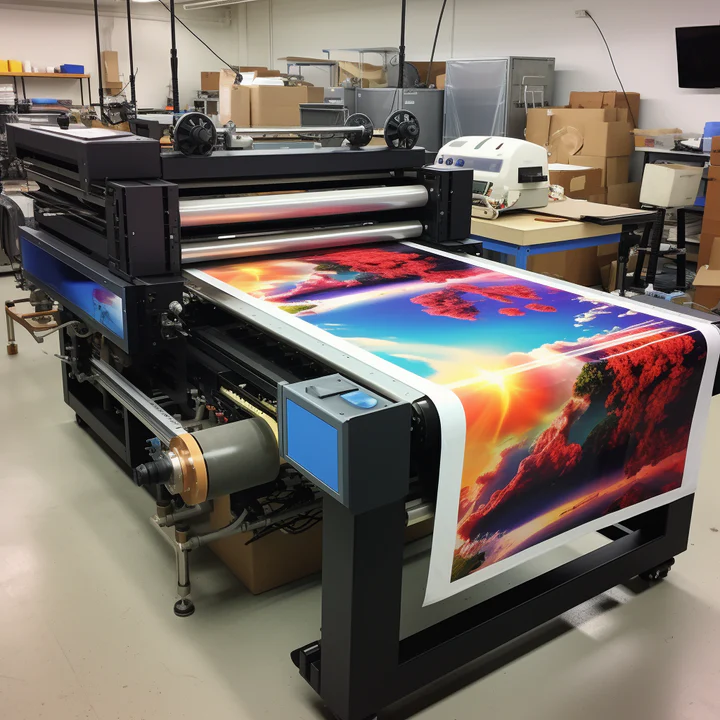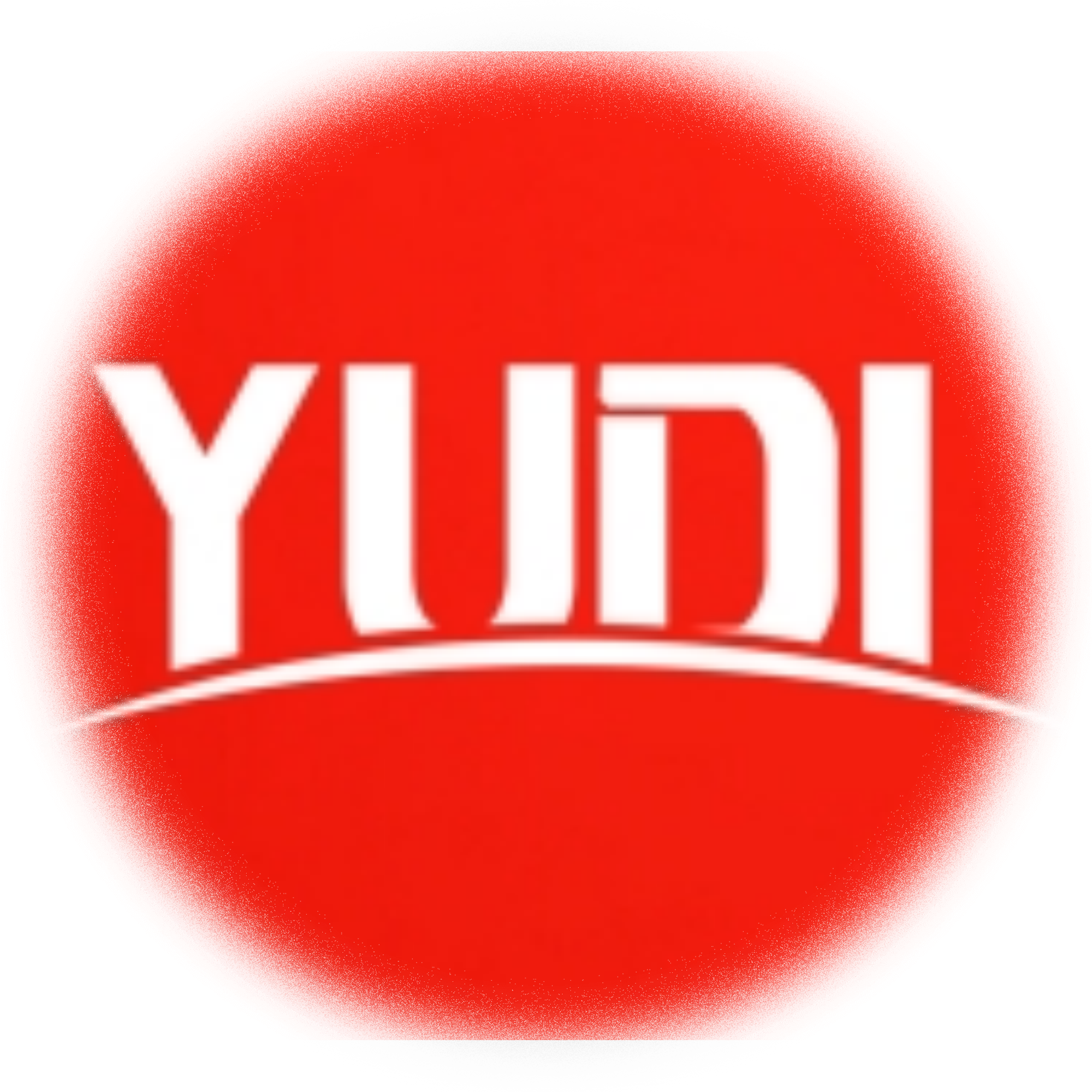
When creating custom UPF (Ultraviolet Protection Factor) shirts, choosing the right printing method is crucial to ensure both durability and sun protection performance. Two popular techniques—Sublimation Printing and Direct-to-Film (DTF) Printing—each have unique advantages. Let’s dive into their pros, cons, and suitability for UPF apparel.
1. Sublimation Printing
How It Works
Sublimation uses heat to transfer dye onto polyester-based fabrics, creating vivid, fade-resistant designs that permeate the fabric fibers.
Pros for UPF Shirts
- UV Resistance: Since dyes bond with the fabric, sublimation does not add a thick layer that might reduce UPF ratings.
- Durability: Resistant to cracking or peeling, ideal for activewear washed frequently.
- Vibrant Colors: Perfect for complex, gradient designs (e.g., sports jerseys).
Cons
- Fabric Limitations: Works best on polyester or polymer-coated fabrics. May not adhere well to natural fibers like cotton.
- UPF Impact: High heat during sublimation might slightly weaken the original UPF of some fabrics.
2. DTF Printing
How It Works
DTF prints designs on a film, which is then heat-pressed onto fabrics. The film layer bonds with almost any material, including cotton and blends.
Pros for UPF Shirts
- Fabric Versatility: Works on cotton, polyester, and blends, expanding design options.
- Soft Feel: Modern DTF films are lightweight, maintaining fabric breathability.
- Opacity: Covers dark fabrics effectively, ideal for bold logos or graphics.
Cons
- UV Concerns: The film layer might slightly reduce UPF if not tested properly, as it could trap heat or block airflow.
- Durability: Though improving, DTF prints may crack over time compared to sublimation.
Key Comparison:
| Factor | Sublimation | DTF |
|---|---|---|
| UPF Compatibility | High (no extra layers) | Moderate (depends on film) |
| Fabric | Polyester only | Cotton, blends, polyester |
| Color Vibrancy | Excellent for gradients | Strong on dark fabrics |
| Cost | Higher for small batches | Lower setup costs |





